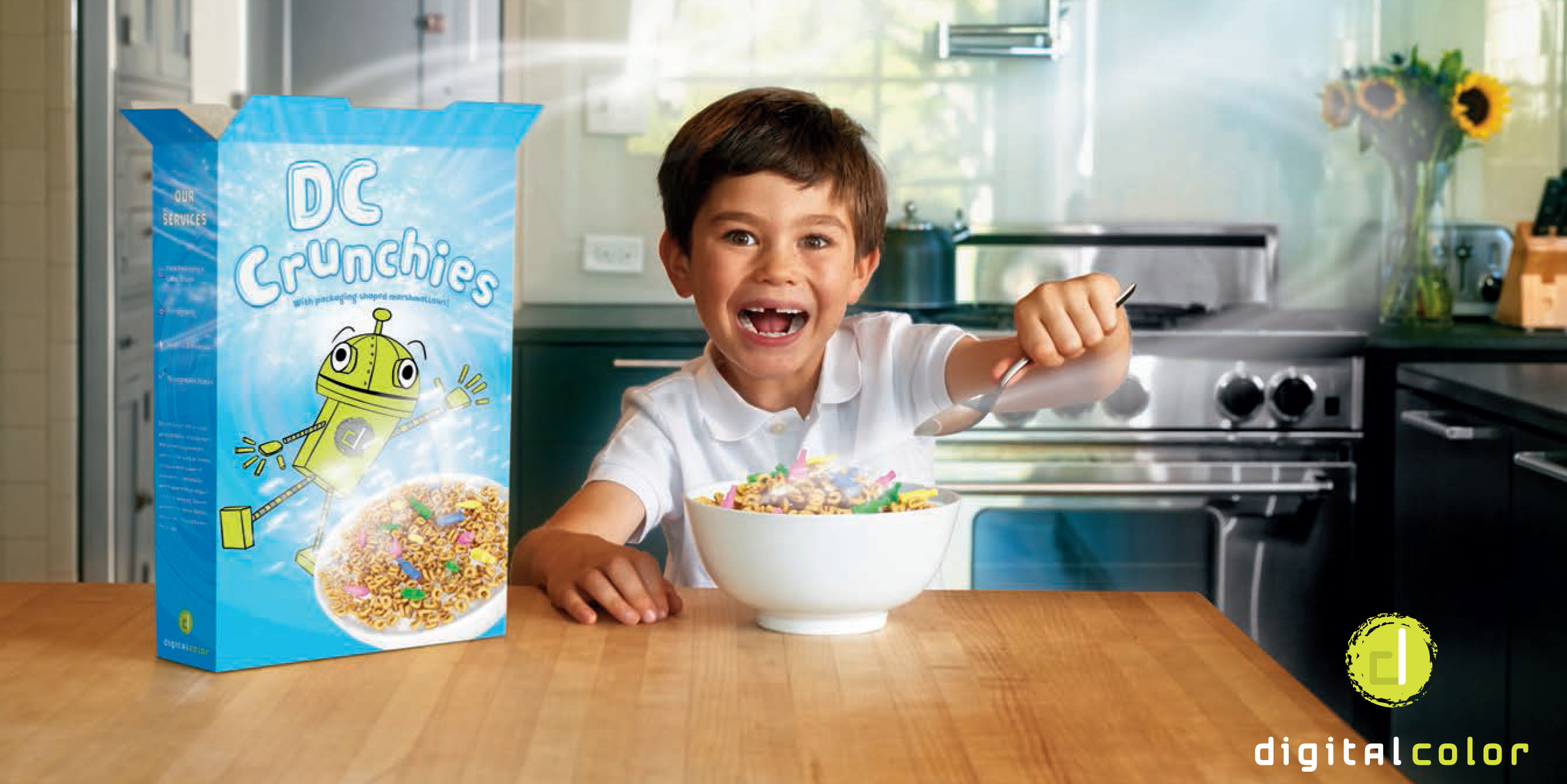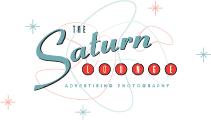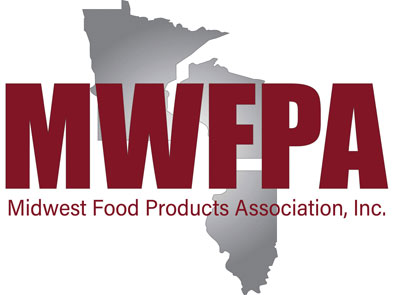
Label & Packaging White Paper
Categories: founders blog
 Working in the private label industry you know that there’s much more than meets the eye when it comes to creating and implementing a label or package. Brick and mortar consumers have no idea about the time spent and the thoughtful decisions that are made behind each individual product’s label design, but rather are bombarded by the array and variety of items on the shelves. What’s the best one? What will they choose? Why? And how do private manufacturers stand out among the ever-changing crowd? Well…Digital Color, Inc. knows how to take a small brand and make it a big competitor.
Working in the private label industry you know that there’s much more than meets the eye when it comes to creating and implementing a label or package. Brick and mortar consumers have no idea about the time spent and the thoughtful decisions that are made behind each individual product’s label design, but rather are bombarded by the array and variety of items on the shelves. What’s the best one? What will they choose? Why? And how do private manufacturers stand out among the ever-changing crowd? Well…Digital Color, Inc. knows how to take a small brand and make it a big competitor.
It all starts in the creative process, says Eric Olson, creative director for Digital Color, Inc. Being a leading expert in graphics and design for the past 32 years, Digital Color has the experience and the right people. Whether a company is rebranding itself or launching a new product, first and foremost a design needs to be developed. After a client reaches out to Digital Color and expresses the need for a design, Olson and his team of creative professionals research their client’s company, target audience and competitors to get a better understanding of the direction they’ll need to take. “We immerse ourselves in the lives of their consumer so we can figure out what drives them; what do they want in a product?” Olson says. Using their artistic freedom Olson’s team delivers the client with multiple, exclusive hand-drawn designs, looks and color palettes—but only in black and white initially. “Colors could affect which design or look they like best. We want them just looking at the image.” And for Digital Color, everything is personalized to the individual client’s wants and needs to put out the best possible design. Digital Color understands that when consumers are presented with multiple brands of the same product, they’re buying the image. “This isn’t a mass-marketing thing, it depends on the product,” Olson says. “We want to translate a real, authentic feel of the brand into the image or packaging.” Hand-drawn lettering, graphics and food photography really bring out the personality of the product, but the packaging makes it one cohesive creation. “We do it for anyone when we do branding, we just apply it to different products,” Olson says. “We literally start from scratch.” Even though Digital Color doesn’t always recommend photography for the label or package design, Olson and his team shoot beautiful new images for any client that chooses to feature their product on the outside of the package, or for their marketing purposes. 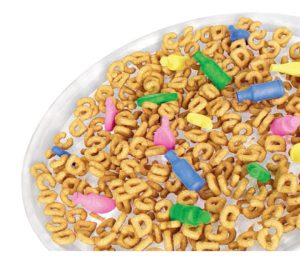
Once the client has chosen a design the print file preparation begins. Jim Kohlhardt, president of Digital Color, Inc. is an expert in graphics prepress—both lithographic and flexographic—which involves taking a design and making it print-ready. “Whether it’s a PDF, jpeg file, image ripped out of a magazine, or a sketch someone made on a napkin, we need to create a file that can actually be printed,” Kohlhardt says. But it’s harder than you might think. The Digital Color team converts the approved design into a very detailed template with precise sizing and safety margins—a scrupulous person’s dream come true. “You have to consider if there are going to be glue flaps or if the label will distort when put on the package,” Kohlhardt says. Digital Color professionals have to be very cognizant of the number of print colors by working closely with the client and printer to ensure design and color accuracy. Initially Digital Color provides the client with a soft proof, using a web-based collaboration tool for feedback and revisions. At the end of the project a physical, color-certified proof is produced to guarantee that the printer will reproduce the colors accurately, ensuring brand consistency.
In this industry you know how quickly trends can come and go. It’s difficult to know which trend is worth your while and if it will help sell your product, but packaging expert Mike Roehl says that one thing will always be true: Keep it Simple. Roehl has been seeing a rise in direct labeling, word art, custom and unique fonts, and simplification. As consumers grow increasingly removed from food production, the roles of product creation, advertising and publicity become the primary avenues for information about food. With processed food as the dominant category, marketers have almost infinite possibilities in product creation—but transparency is key. “People want to know what they’re buying,” Roehl says. More and more, buyers are looking for fresh, local products and that need translates directly into the packaging. Bold statements about the origin of the food; vintage art and modern patterns; close-up, detailed food photography; new shapes and colors. But what may seem simple to the layman’s eye is often the opposite. “The most basic package usually has the most complicated creative process,” Olson says. Creating artwork that fits the di-lines for the package template, being environmentally friendly and knowing how the product will be merchandised in the store are all factors that Digital Color’s team takes into strong consideration.
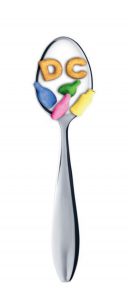 In the field of design, it takes a level of sophistication and taste to make something simple that catches the eye of a consumer. The package is often the final consideration in the design process as it’s created as a complement to the product artwork, but it’s usually one of the most difficult parts of the process. “Is it a closed package or is there a window to see the food? Is it a flexible container? How will the artwork look on it? How does the consumer open the packaging?” Olson says. In addition to developing and creating design and packaging, Digital Color has over 30 years of point-of-sale and display advertising, store signage and related marketing experience to boost product visibility. Everything has a purpose in the labeling world—nothing is an accident. You want that consumer and you won’t stop until you get them.
In the field of design, it takes a level of sophistication and taste to make something simple that catches the eye of a consumer. The package is often the final consideration in the design process as it’s created as a complement to the product artwork, but it’s usually one of the most difficult parts of the process. “Is it a closed package or is there a window to see the food? Is it a flexible container? How will the artwork look on it? How does the consumer open the packaging?” Olson says. In addition to developing and creating design and packaging, Digital Color has over 30 years of point-of-sale and display advertising, store signage and related marketing experience to boost product visibility. Everything has a purpose in the labeling world—nothing is an accident. You want that consumer and you won’t stop until you get them.
Everyone in the industry knows that consumers typically see private labels as cheap alternatives to a national brand—a way to save money while buying a similar product. As the little guy in the industry it’s hard to get out of that bubble. The private label retailer used to just mirror the national brands, basically offering the same product but with less return because to consumers, private brands aren’t “the real thing.” But the game has changed. There’s been tremendous growth in the private label industry, with smaller labels devoting more time, energy and money into developing their own brand to compete with the national ones. More and more, the industry is seeing unique items and formulas, upscale brand options, and all-natural, organic, better-for-you offerings from private labels. A trend has spiked for private labels to call out their national brand counterparts on the packaging and for the first time small manufacturers may have the upper hand. “They’re offering such similar products but national brands have more recognition,” Roehl says. “So call it like it is.”
With the previous 10 years constituting major growth within the private labeling industry, big brands have recently been fighting back with new and improved products and designs by using their national platform and funds to push private labels out of the game. But private labels are able to dictate a lapse in time from when a big brand manufactures a product to when they catch up with their own version. There’s caution on behalf of the private label manufacturers because it takes capital to invest in a new product, so many take the “wait and see” approach. They watch sales and results to see how well the national product does before manufacturing their comparable product.
While using caution may be the fiscally responsible move, it doesn’t leave private labels much room to be ahead-of-the-curve in terms of new products and designs. Digital Color has been at the forefront, witnessing firsthand the rise in private labels taking more risks and not necessarily copying the national brand equivalent, but creating their own. New formulations and products that don’t already have a national brand counterpart are becoming more relevant in the private label world, and it’s paying off.
It comes as no surprise that the environmental movement has impacted label and packaging retailers. Now manufacturers are making the effort to “go green” and be environmentally conscious throughout the whole process—from ingredients to production to packaging. The millennial generation has the majority of the buying power and is looking for transparency in their food, fresher options and convenience. “Getting a 20-year-old to open a can of soup is next to impossible,” Roehl says. “It’s all about microwavable bags and convenient packaging.” Even though rigid packaging is what’s easiest to design for, it’s pertinent for small brands to capture the millennial consumer. Research has shown that if a brand can capture a millennial and gain their patronage, they’ll be loyal for years. “So embrace pouches, skillet meals, on-the-go snacks and microwavable meals,” Roehl says.
The demand for healthy food options and simplified ingredients by the millennial generation has led to an upward “retro” trend in which private labels revert back to older formulations that used natural, earthly ingredients such as sugar compared to the ever-reigning aspartame. But the green movement is a win-win for the consumer and the retailer, and private labels are embracing corporate government regulations more than ever before because there’s money to be saved in the environmentally friendly trend. Green packaging means less plastic, smaller containers and thinner cans, all which lessen materials costs. Using local produce supports small businesses but it also saves the private label in retail pricing costs and in transportation and gas costs. In short, your brand will appeal to the younger generation as being green and while you save money. 
It seems like private retailers are always one step behind in the game of “catch that consumer.” While labels are gaining ground in the better-for-you movement, national brands are leading the way due to their expendable resources and large consumer base. It takes money to compete, and private label retailers produce lower volumes compared to national brands and have limited funds. However, as digital printing becomes more available and affordable, private labelers will be more apt to compete. Finally national brands will have their work cut out for them when you start taking control of the game.
So, put effort into your design, think about your consumer, deliver the best possible product and believe in your brand. Digital Color, Inc. is just a phone call away.





